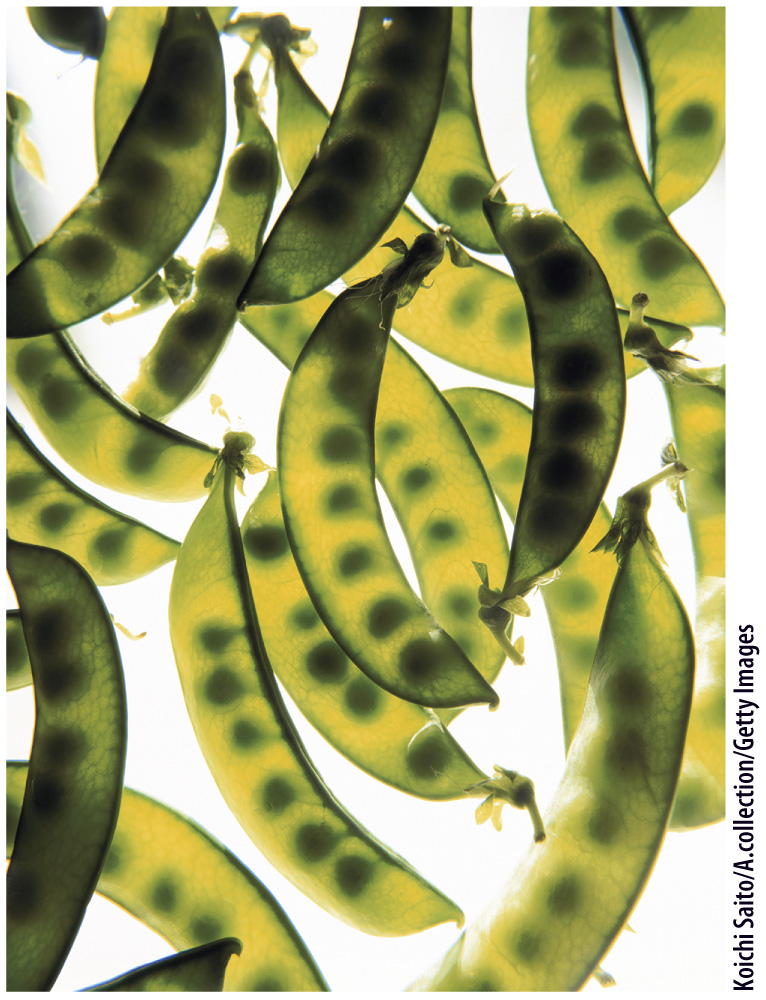Chapter 16 Introduction
CHAPTER 16
Mendelian Inheritance

Core Concepts
- Early theories of heredity incorrectly assumed the inheritance of acquired characteristics and blending of parental traits in the offspring.
- The study of modern transmission genetics began with Gregor Mendel, who used the garden pea as his experimental organism and studied traits with contrasting characteristics.
- Mendel’s first key discovery was the principle of segregation, which states that members of a gene pair separate equally into gametes.
- Mendel’s second key finding was the principle of independent assortment, which states that different gene pairs segregate independently of one another.
- The patterns of inheritance that Mendel observed in peas can also be seen in humans.
Except for identical twins, each of us has his or her own personal genome, a unique human genome differing from all that have existed before and from all that will come after. Genetic variation from one person to the next leads in part to our individuality, from differences in appearance to differences in the ways our bodies work. Examples of genetic variation in the human population range from harmless curiosities like the genetic difference in taste receptors that determine whether or not you taste broccoli as being unpleasantly bitter, to mutant forms of genes resulting in serious diseases like sickle-
This chapter focuses on how that genetic variation is inherited. Transmission genetics deals with the manner in which genetic differences among individuals are passed from generation to generation. We are all aware of the effects of genetics. We know that children resemble their parents and that there are sometimes uncanny similarities among even distant relatives. But some patterns are more difficult to discern. Traits such as eye color, nose shape, or risk for a particular disease may be passed down faithfully generation after generation, but sometimes they are not, and sometimes they appear and disappear in seemingly random ways.
As a modern science, transmission genetics began with the pea-